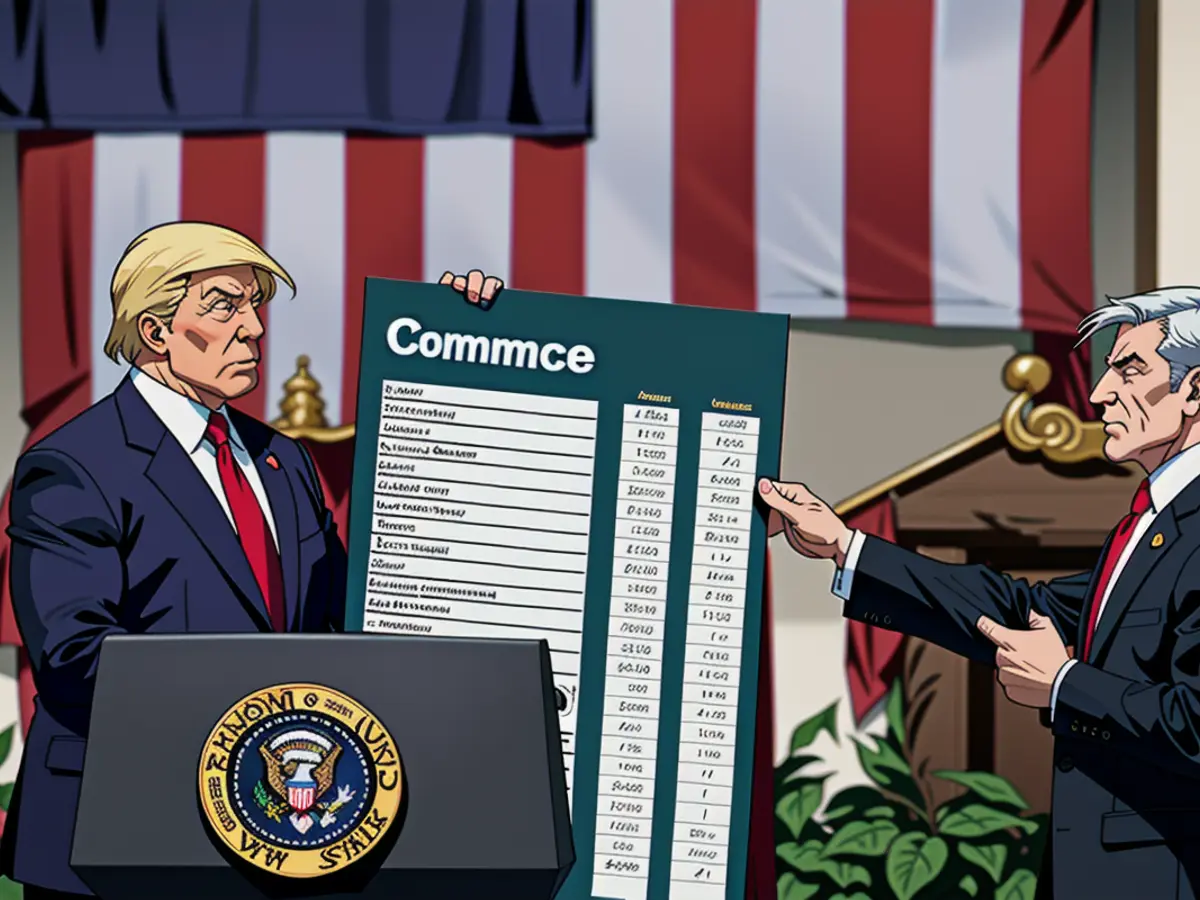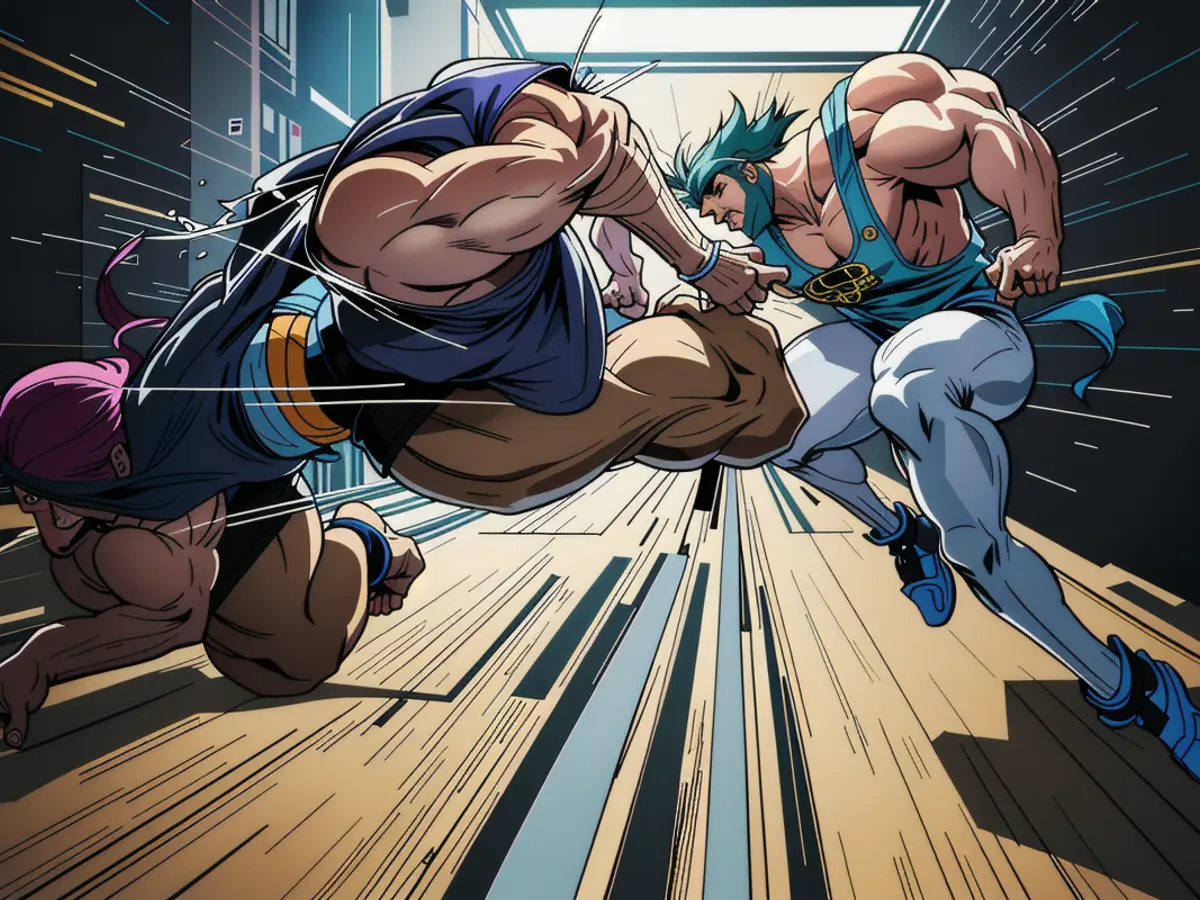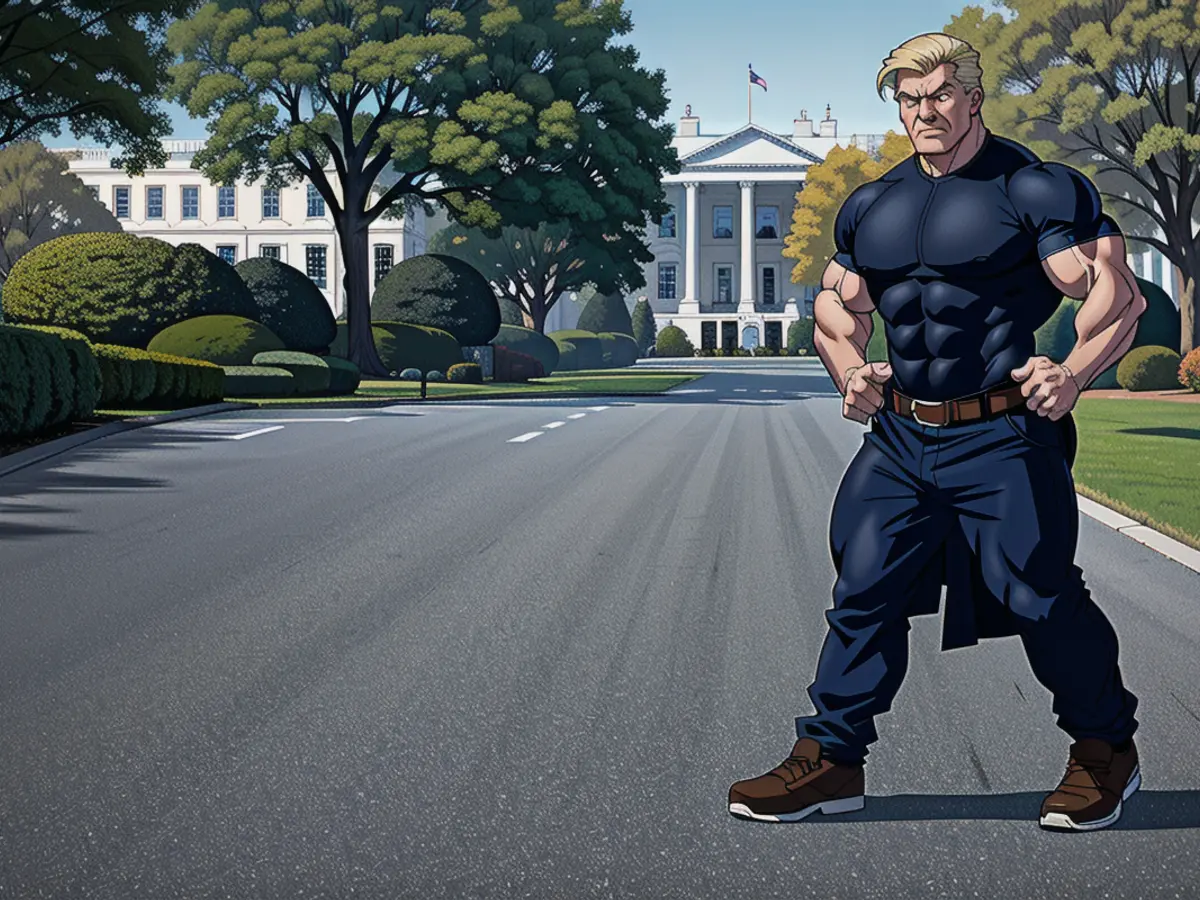Trade agreements orchestrated by Trump encountering skepticism from cautious nations, confronted by court challenges, and exhibiting an erratic approach.
The Current State of Play: U.S.-China Trade War Rages On
It's been weeks since President Donald Trump announced a pause on steep tariffs, promising a flurry of trade deals to follow. But the ensuing silence has left markets frazzled and raised questions about the endgame in this administration's ongoing trade war.
Since then, there's been little evidence of progress with most trading partners. China, a key player, remains an exception to Trump's claims of active negotiations, despite his assurances otherwise.
Trump's trade war, a signature campaign promise, began abruptly and has been managed chaotically, is the White House's attempt to rebalance global trade, prioritizing U.S. manufacturing. However, frequent about-faces on tariffs have caused confusion among trading partners, with many choosing to hold back on concrete offers, opting instead to ride out the White House's tumultuous approach.
Furthermore, a plethora of businesses are challenging the legality of Trump's unilateral trade war, while the administration remains understaffed in key agencies leading any negotiations.
"The reason why Trump's trade war didn't start until his second year in office is because it takes time to get your team and strategy together," explained one Trump adviser.
Trump has hinted at a "fair deal" with China, suggesting tariffs could drop significantly from current levels. However, Treasury Secretary Scott Bessent suggested the two countries would need to de-escalate tensions before they could engage in direct talks.
This nod to a softened-but-still-hawkish stance toward China sparked a stock market rally, despite the lack of official communication between the nations. Cutting tariffs in half would still represent a position severely limiting trade flows.
Meanwhile, senior Chinese officials have no plans to meet with any Trump aides during their visit to Washington for meetings on the global economy, according to two sources familiar with the matter. "Still a staring contest for now," said a U.S. official familiar with the lack of trade talk between the two sides.

The Negotiation Slowdown
Bessent revealed that more than 100 nations have approached the administration to negotiate deals during the tariff pause. However, the initial rush of leaders phoning Trump and delegations visiting Washington has slowed to a trickle.
This pause has created a climate of uncertainty, causing some nations to adopt a wait-and-see approach. As of the article's publication, the U.S. had received 18 written proposals for new trade terms since the pause, with negotiations for memoranda of understanding reportedly in progress with the UK, Japan, and India.
However, some nations have been hesitant or noncommittal in their approach, delaying negotiations. Part of the issue lies in the White House's desire to announce any nascent deals as a group, rather than individually.
Legal Challenges
The trade war has also been met with mounting legal challenges from various parties, including small businesses, the Blackfeet Tribe in Montana, California Governor Gavin Newsom, and an Illinois-based toy maker, among others. These challenges question Trump's authority to impose tariffs, adding another layer of complexity to the negotiations.
In conclusion, the U.S.-China trade negotiations remain deadlocked, with an emphasis on tariffs and trade tensions rather than dialog or agreements. The ongoing court cases and staffing shortages within key agencies make it difficult to predict when – or if – these wrangles will reach a resolution.
- Despite President Trump's promise of a flurry of trade deals after announcing a pause on steep tariffs, there's been little evidence of progress with most trading partners, especially China.
- Trump's trade war, which began abruptly and has been managed chaotically, is facing legal challenges from various parties, including businesses, tribes, governors, and manufacturers, who question Trump's authority to impose tariffs.
- The White House's desire to announce any nascent deals as a group, rather than individually, has contributed to a delay in negotiations with some nations, making it difficult to predict when – or if – these wrangles will reach a resolution.
- Treasury Secretary Scott Bessent suggested that the U.S. and China would need to de-escalate tensions before they could engage in direct talks, implying a continued focus on tariffs and trade tensions rather than dialog or agreements in the general news regarding the U.S.-China trade war.








